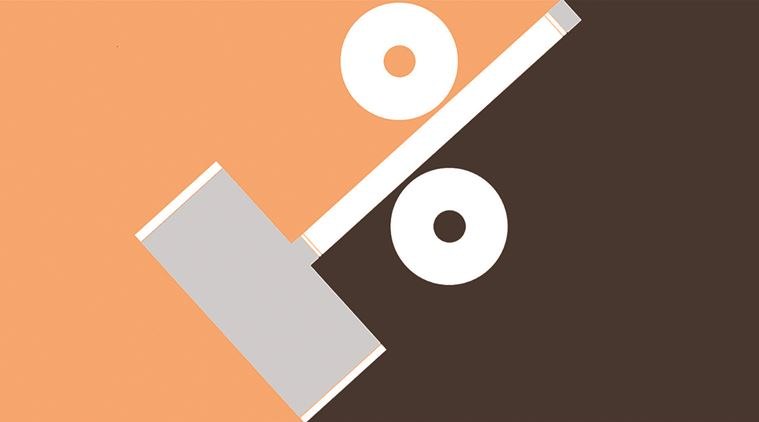Quota and bad faith
UP government’s bid to revisit reservation model is as debatable as Centre’s move on upper caste quotas

The constitutional amendment by the Modi government in order to introduce a 10 per cent quota for the poor within the “general” category looks like an attempt, five months before general elections, at wooing upper caste voters longing for the jobs that were to be part of “acche din”. This is at odds with the initial rationale of India’s positive discrimination programmes, which were intended to make up for past oppression — and not as an employment scheme.
This is not the only recent move by the BJP to cash in on reservation. While the constitutional amendment does not mention caste, Maharashtra Chief Minister Devendra Fadnavis has taken up the previous Congress government’s idea in favour of reservation for Marathas, the largest dominant caste asking for quotas. These initiatives contradict the traditional Hindu nationalist stand, expressed in the name of merit, against positive discrimination. The latter even clashes with the Sangh’s formula that gained momentum during the Mandal affair: If reservation had to take place, it had to be according to economic criteria. None of these initiatives could bear fruit because of the systematic rejection by the judiciary of quotas beyond 50 per cent — Tamil Nadu being the only exception.
In contrast, the Yogi Adityanath government is revisiting the existing quotas in Uttar Pradesh in a much more effective manner. After assuming office in 2017, the state BJP government had appointed an OBC Social Justice Committee headed by Justice Raghvendra Kumar. The committee submitted its report in 2018, recommending that the 27 per cent quota for the OBCs should be dispatched between three sub-categories: The Backward Classes (BCs) would get 7 per cent of the reservations, the Very Backward Classes (VBCs) 9 per cent and the Most Backward Classes (MBCs) 11 per cent. Among the BCs figured nine jatis out of 79 — including Yadavs, Kurmis, Kalwars, Kalals and Kallars. Among the VBCs were found 33 jatis, including Gujjars, Lodhs, Kacchhis and Gadariyas. And among the MBCs, were 37 jatis, including Mallahs, Nishads and Rajbhars. This subcategorisation, which has already been implemented by other states including Bihar, was justified on the grounds that the BCs, also called the “aristocratic class” in the report, had cornered most of the reservation benefits at the expense of the others. However, this assumption is not substantiated by any data in the report. Similarly, the status of the OBC castes under review is qualified arbitrarily. For instance, the BCs are presented as members or former members of the “Vaishya caste, the caste in the third position of the Varna system”. They are also described as “similar to Brahmins and Kshatriyas”. In contrast, the MBCs are shown in an unfavourable light, as people who “believe in magic” and “regularly consume local liquor in the evening”.
Whether the BCs do benefit more from positive discrimination than other OBCs is very difficult to determine. In fact, this is exactly what the UP government should have tried to ascertain. But we can use the Indian Human Development Survey to come to an approximate response. It shows that between 2004-5 and 2011-12 most of the large OBC jatis have improved their economic situation in the same proportion. Their annual per capita income (APCI) has multiplied by roughly three times: The Kurmis’ APCI has jumped from Rs 9,286 to Rs 25,989 and is second only to the Brahmins (ahead of the APCI of the “other upper castes”); the Yadavs’ has increased from Rs 5,623 to Rs 17,894, that of the Kacchhis from Rs 5,238 to Rs 15,064, that of the Telis from Rs 4,708 to Rs 12,789 and that of the Nishads from Rs 3,396 to Rs 12,596. Those who are lagging behind are the Jats, whose APCI multiplied by only two, from Rs 8,307 to Rs 17,867, like the Lodhs (from Rs 5,616 to Rs 10,300), whereas the Gadariyas were below doubling their income (from Rs 9,512 to 16,016) and the Rajbhars did slightly better (from Rs 5,351 to Rs 12, 476).
The three categories in the report are not applicable from the point of view of the percentage of caste members occupying salaried jobs as well. For instance, in 2011-12 this proportion reached 13 per cent in the case of Gadariyas (VBCs), whereas it was below 6 per cent among Kurmis (BCs). Incidentally, the Kurmis could hardly be accused of cornering reservation if less than 6 per cent of them had a salaried job — whereas Yadavs may be a more plausible usual suspect with 14.5 per cent. For Kurmis, the correlation between reservation and caste achievements works more in the case of education, since 8.3 per cent of them graduated in 2011-12. But it does not work in the case of the Yadavs, who have apparently not benefited more than others from reservation in the university, as only 4.7 per cent of them were graduates in 2011-12 — not more than Telis.
In fact, most of the BCs are either farmers or agricultural labourers, like the rest of the OBCs. In 2011-12, that was the case of, respectively, 68 per cent and 15 per cent of Kurmis, 56 per cent and 17 per cent of the Yadavs. In fact, the edge the Kurmis and Yadavs have over the others is actually due to their over-representation among the farmers and their under-representation among the agricultural labourers. In contrast, among the Kacchhis 45 per cent were farmers and 34 per cent labourers, the Nishads, were respectively 16 and 54 per cent, the Rajbhars, 16 and 64 per cent and even the Jats 31 and 64 per cent. To make the OBCs more egalitarian, the issue to address is less-related to reservations than to the agrarian structure. But, to announce new sub-quotas to caste groups which have been marginalised is easier than land reform.







































No hay comentarios:
Publicar un comentario